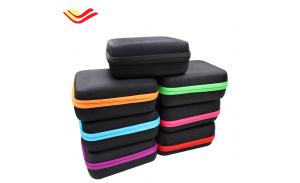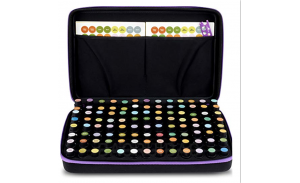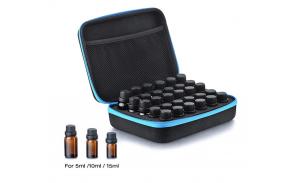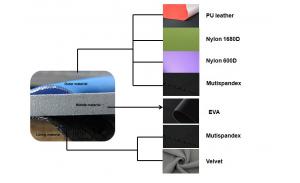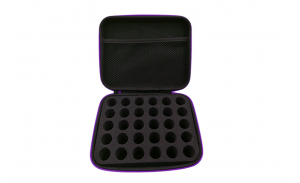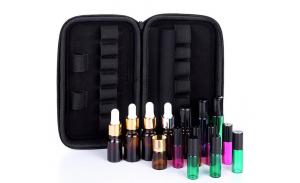How to Use Essential Oils
Essential oils are the distilled, pure essences extracted from the fruit, peel, twigs, leaves, or flowers of a plant. They are used in aromatherapy to promote emotional and physical well-being. Essential oils can be applied to the body using carriers such as water or base oils, inhaled using diffusers, or combined with other ingredients to create sprays. Keep reading to learn how to use essential oils.Steps
1Choosing Essential Oils
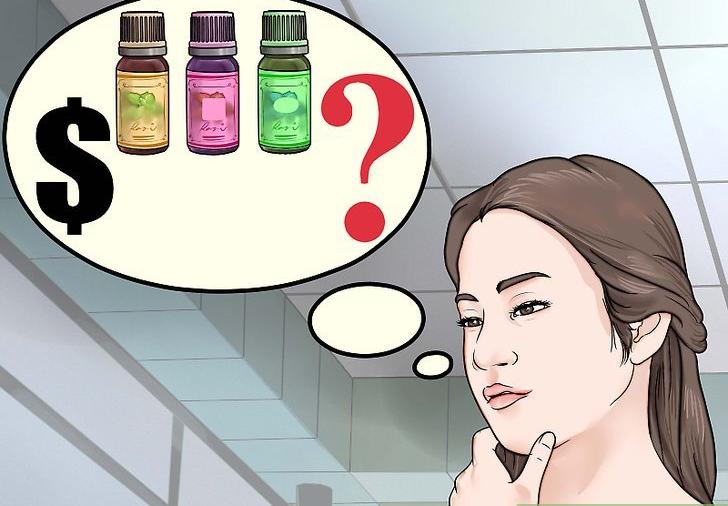 1Consider the quality of essential oils before you purchase. Since you will be using essential oils on your body and around your home, it is in your best interest to select high quality essential oils. There is no standard of quality that all essential oil companies must abide by, so you will have to consider several things before you buy an essential oil.
1Consider the quality of essential oils before you purchase. Since you will be using essential oils on your body and around your home, it is in your best interest to select high quality essential oils. There is no standard of quality that all essential oil companies must abide by, so you will have to consider several things before you buy an essential oil.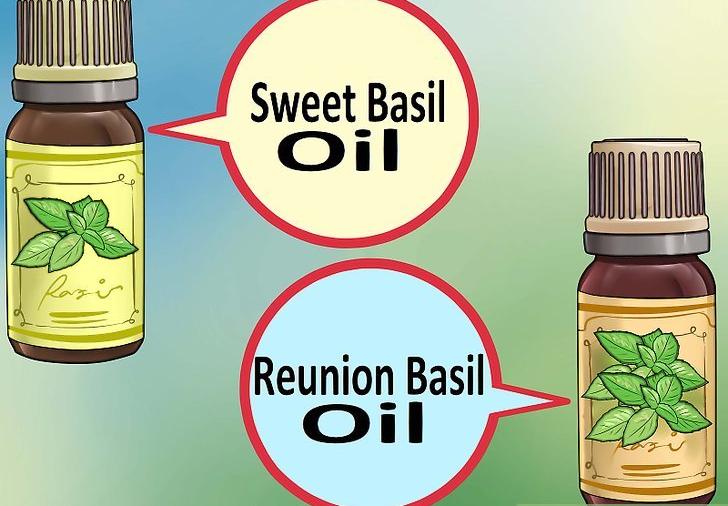 2Consider the essential oil’s chemotype before purchasing. Some essential oil producers offer multiple types of the same essential oil. These different types, or chemotypes, feature slight variations in the scent because of the climate, soil, environment, and other factors. The benefit of choosing a specific chemotype of an essential oil is that you can customize your dilutions.
2Consider the essential oil’s chemotype before purchasing. Some essential oil producers offer multiple types of the same essential oil. These different types, or chemotypes, feature slight variations in the scent because of the climate, soil, environment, and other factors. The benefit of choosing a specific chemotype of an essential oil is that you can customize your dilutions.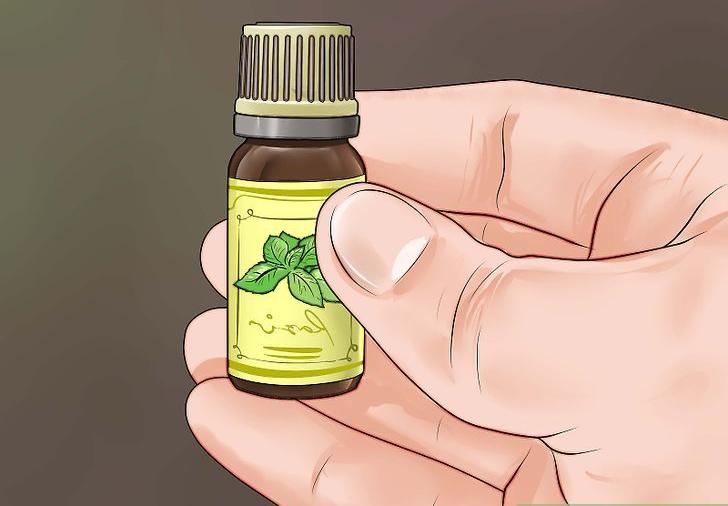 3Consider the packaging. Essential oils degrade more quickly when exposed to light and heat. Make sure that the product you purchase is packaged in a dark (usually brown) glass container and that it is well sealed. Avoid purchasing essential oils that have been opened or that appear to have been exposed to lots of sun or heat.[2].
3Consider the packaging. Essential oils degrade more quickly when exposed to light and heat. Make sure that the product you purchase is packaged in a dark (usually brown) glass container and that it is well sealed. Avoid purchasing essential oils that have been opened or that appear to have been exposed to lots of sun or heat.[2].2Diluting Essential Oils for Topical Application
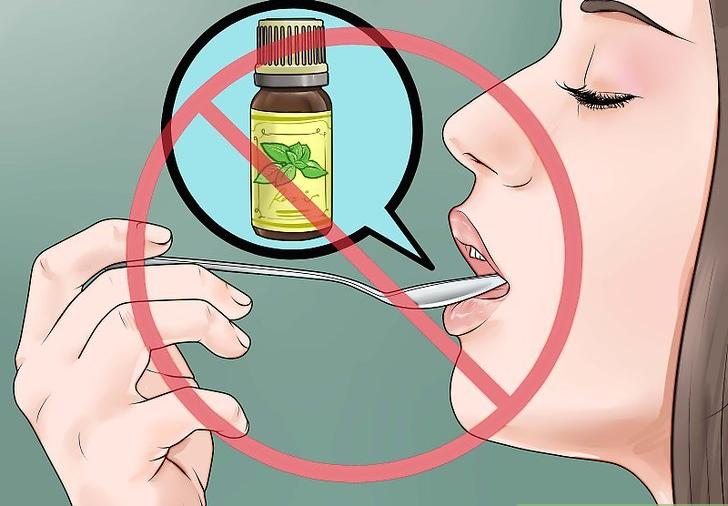 1Be aware that essential oils should not be ingested. Some essential oils may make you sick or may even be fatal when ingested, so you should not eat or drink any essential oils. You can apply the oils to your skin safely, but most oils need to be diluted first.[3]
1Be aware that essential oils should not be ingested. Some essential oils may make you sick or may even be fatal when ingested, so you should not eat or drink any essential oils. You can apply the oils to your skin safely, but most oils need to be diluted first.[3]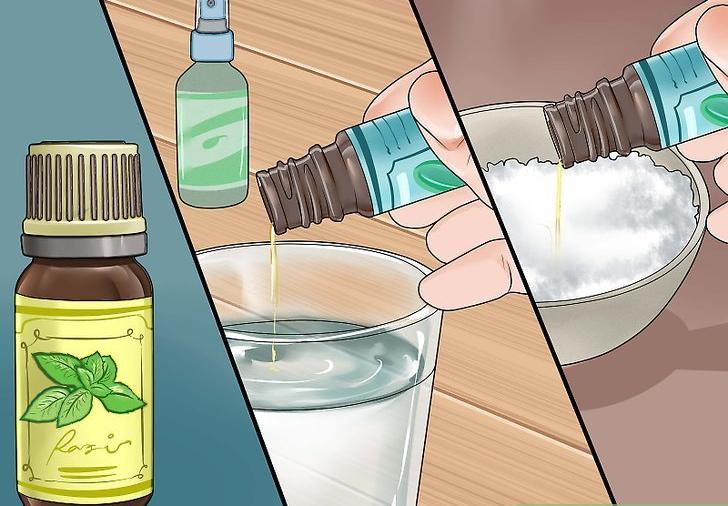 2Determine what type of delivery method is best for your purposes. Essential oils can be applied along with a carrier oil, diluted in water to use as a spray, or mixed with other agents such as bath salts. Identify the way that you plan to use the essential oil before you decide how to dilute it.
2Determine what type of delivery method is best for your purposes. Essential oils can be applied along with a carrier oil, diluted in water to use as a spray, or mixed with other agents such as bath salts. Identify the way that you plan to use the essential oil before you decide how to dilute it.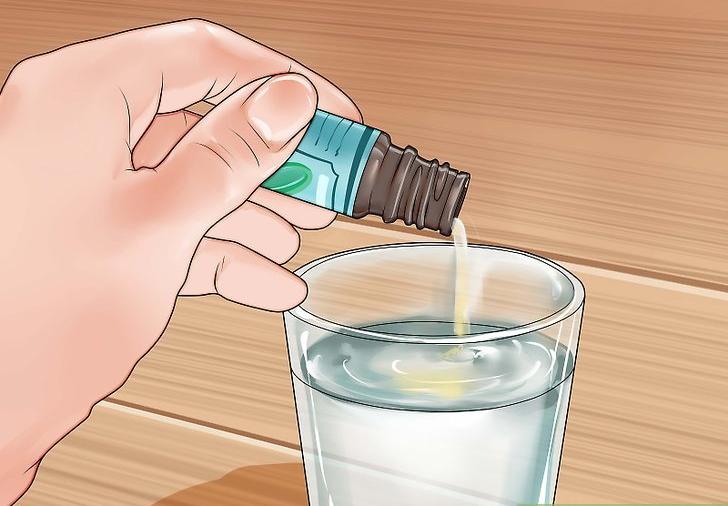 3Dilute essential oils in a carrier oil or water if you plan to apply it to the skin. Sweet almond oil, apricot kernel oil, grapeseed oil, jojoba oil, and avocado oil all work well as carriers for essential oils. These carrier oils do not have a strong smell of their own so they will not overpower or conflict with the essential oils. You can also use water as a carrier. Before you prepare you essential oil solution, make sure that you consider how you plan to use it.
3Dilute essential oils in a carrier oil or water if you plan to apply it to the skin. Sweet almond oil, apricot kernel oil, grapeseed oil, jojoba oil, and avocado oil all work well as carriers for essential oils. These carrier oils do not have a strong smell of their own so they will not overpower or conflict with the essential oils. You can also use water as a carrier. Before you prepare you essential oil solution, make sure that you consider how you plan to use it.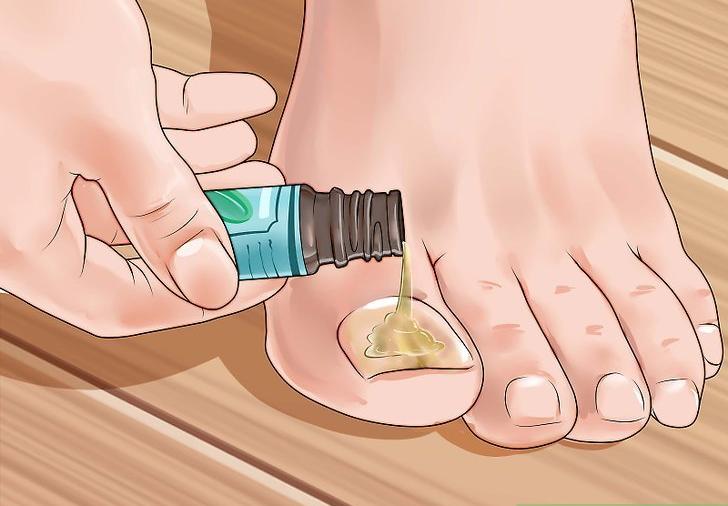 4Apply essential oils without dilution, also known as “neat” application. Some sources argue that you should never apply essential oils to you skin without diluting it in a carrier oil first because of the risk of sensitization and irritation.[5]But there have been some studies that have shown that neat applications can be helpful in some cases. For example, one study showed that a twice daily neat application of tea tree oil was effective against fungal infections on nails.[6] Therefore, you may want to consult an experienced aromatherapist before deciding to use neat applications of essential oils.
4Apply essential oils without dilution, also known as “neat” application. Some sources argue that you should never apply essential oils to you skin without diluting it in a carrier oil first because of the risk of sensitization and irritation.[5]But there have been some studies that have shown that neat applications can be helpful in some cases. For example, one study showed that a twice daily neat application of tea tree oil was effective against fungal infections on nails.[6] Therefore, you may want to consult an experienced aromatherapist before deciding to use neat applications of essential oils.3Using Essential Oils in Natural Remedies
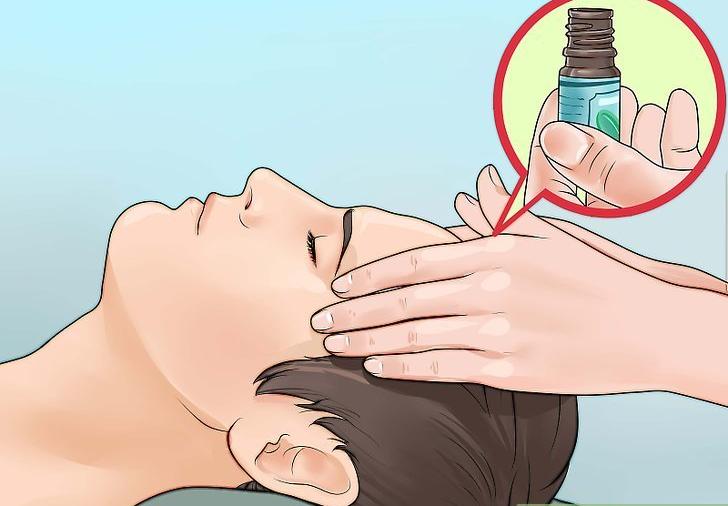 1Relieve headaches with essential oils. Essential oils can be effective in relieving minor headaches. Dilute the oil for use on a concentrated area of the body. Then, apply the blend to the forehead, temples and back of the neck. Massage the oil into your skin using gentle circular motions, while inhaling deeply. The best essential oils for headaches include:
1Relieve headaches with essential oils. Essential oils can be effective in relieving minor headaches. Dilute the oil for use on a concentrated area of the body. Then, apply the blend to the forehead, temples and back of the neck. Massage the oil into your skin using gentle circular motions, while inhaling deeply. The best essential oils for headaches include: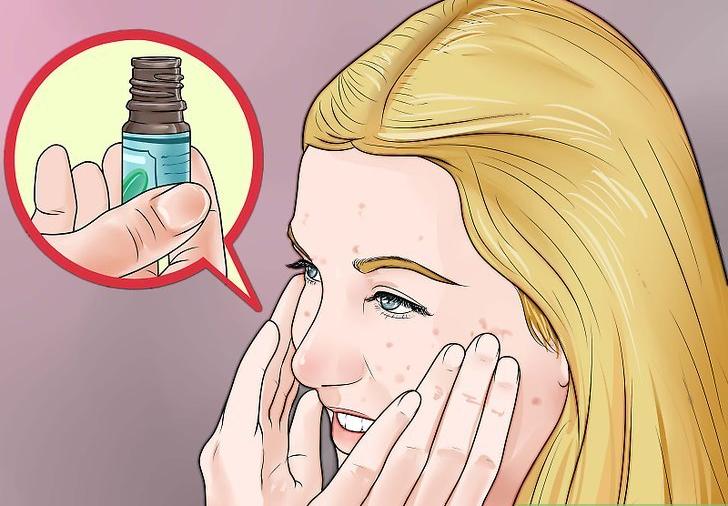 2Treat acne with tea tree oil. Essential oils can be used as an effective treatment for acne and are a good alternative to the harsh chemicals found in many acne creams and prescription drugs. In one study, a 5% tea tree oil gel was found to be as effective as benzoyl peroxide (a common ingredient in over-the-counter and prescription acne creams) in the treatment of acne.[9]
2Treat acne with tea tree oil. Essential oils can be used as an effective treatment for acne and are a good alternative to the harsh chemicals found in many acne creams and prescription drugs. In one study, a 5% tea tree oil gel was found to be as effective as benzoyl peroxide (a common ingredient in over-the-counter and prescription acne creams) in the treatment of acne.[9]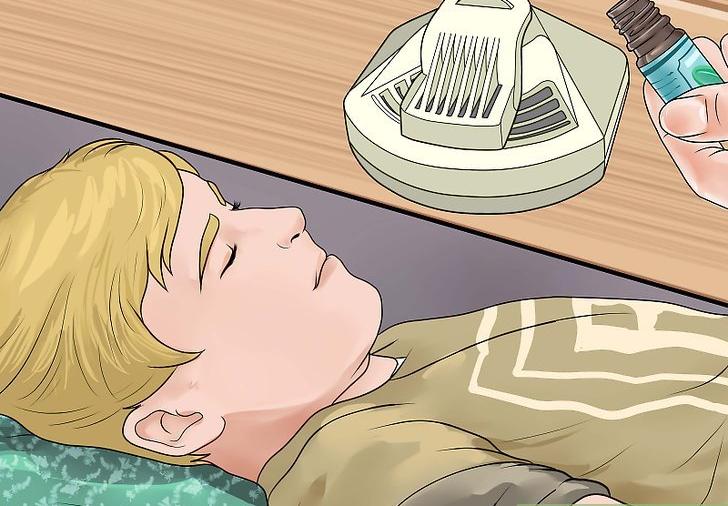 3Treat insomnia with lavender, roman chamomile, and clary sage essential oils. Using essential oils will not cure insomnia or its root cause, but using calming and relaxing essential oils before bedtime can help you to fall asleep faster and stay asleep until your intended wake up time. Three of the best essential oils to help with insomnia are lavender - to promote relaxation, Roman chamomile - which is a natural sedative, and clary sage - which contains narcotic properties.[10][11][12]
3Treat insomnia with lavender, roman chamomile, and clary sage essential oils. Using essential oils will not cure insomnia or its root cause, but using calming and relaxing essential oils before bedtime can help you to fall asleep faster and stay asleep until your intended wake up time. Three of the best essential oils to help with insomnia are lavender - to promote relaxation, Roman chamomile - which is a natural sedative, and clary sage - which contains narcotic properties.[10][11][12]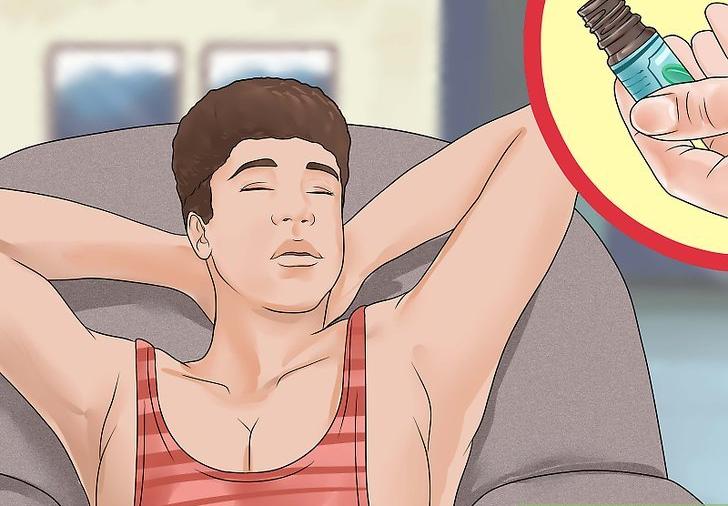 4Ease stress with essential oils. Probably the most widespread use of essential oils is to promote emotional well-being by reducing stress and encouraging calmness and relaxation. Essential oils positively affect our emotions because our smell receptors connect to the brain's limbic system - an area responsible for emotions, memory, and sexual arousal.[13] The top five essential oils particularly effective for stress relief are:
4Ease stress with essential oils. Probably the most widespread use of essential oils is to promote emotional well-being by reducing stress and encouraging calmness and relaxation. Essential oils positively affect our emotions because our smell receptors connect to the brain's limbic system - an area responsible for emotions, memory, and sexual arousal.[13] The top five essential oils particularly effective for stress relief are: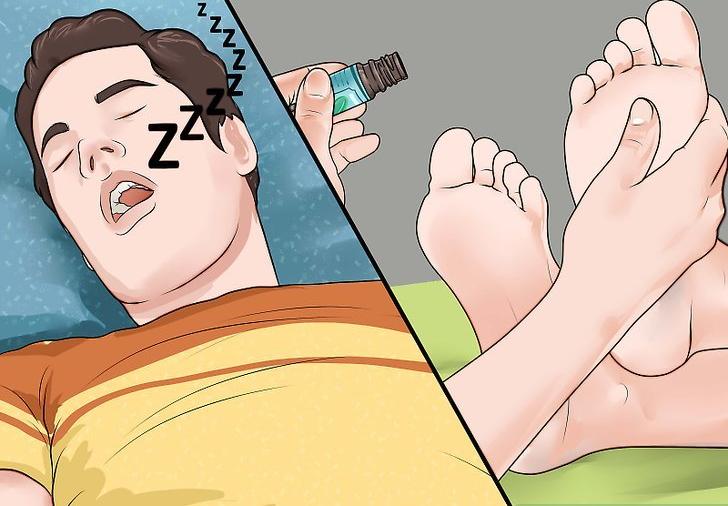 5Stop snoring with thyme essential oil. Thyme essential oil is the top essential oil used to help with snoring. To use thyme essential oil as a snoring remedy, create a concentrated area dilution (3-5 drops per teaspoon of carrier oil). Rub the oil into the bottoms of both feet before bed.[14] Other oils that can be used in place of thyme oil include cedarwood and marjoram.
5Stop snoring with thyme essential oil. Thyme essential oil is the top essential oil used to help with snoring. To use thyme essential oil as a snoring remedy, create a concentrated area dilution (3-5 drops per teaspoon of carrier oil). Rub the oil into the bottoms of both feet before bed.[14] Other oils that can be used in place of thyme oil include cedarwood and marjoram.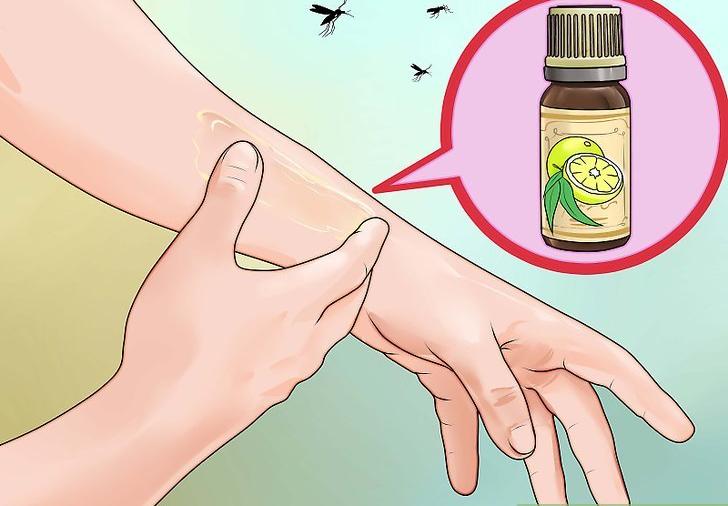 6Repel insects with lemon eucalyptus essential oil. Many store-bought insect repellents are full of harsh synthetic chemicals, which smell unpleasant and may irritate your skin. A strong dilution of lemon eucalyptus oil is an excellent (and great smelling) alternative to help keep the bugs at bay.[15] You can mix the oil with a base oil and apply it directly to skin, or you can place the oil in a diffuser or burner near an open window.
6Repel insects with lemon eucalyptus essential oil. Many store-bought insect repellents are full of harsh synthetic chemicals, which smell unpleasant and may irritate your skin. A strong dilution of lemon eucalyptus oil is an excellent (and great smelling) alternative to help keep the bugs at bay.[15] You can mix the oil with a base oil and apply it directly to skin, or you can place the oil in a diffuser or burner near an open window.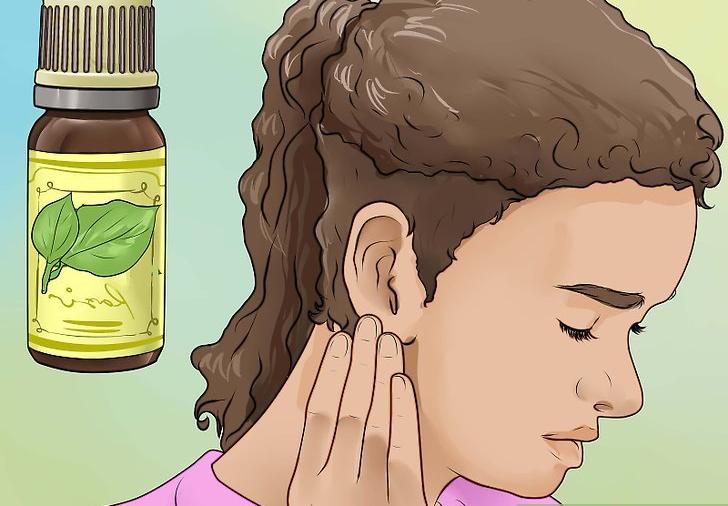 7Ease earaches with essential oils. Topical application of some essential oils can help to naturally clear up ear infections and to ease any pain associated with them. The oils should not be applied inside of the ear, but rather applied along the neck and behind the affected ear.
7Ease earaches with essential oils. Topical application of some essential oils can help to naturally clear up ear infections and to ease any pain associated with them. The oils should not be applied inside of the ear, but rather applied along the neck and behind the affected ear.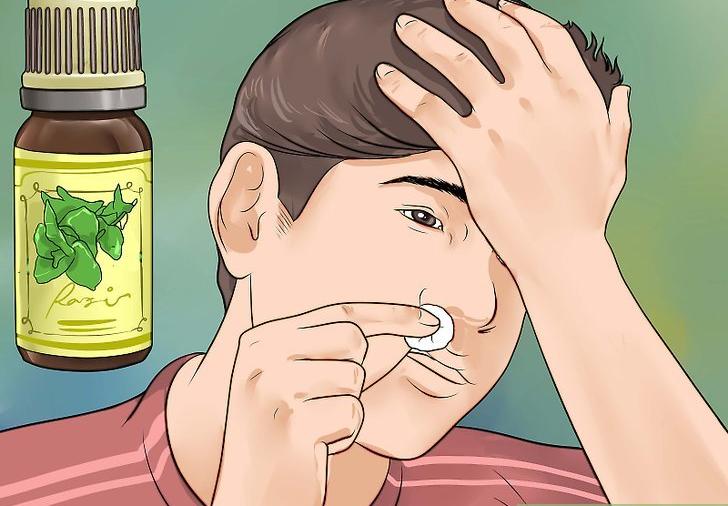 8Ease dizziness with peppermint essential oil. Essential oils can help to relieve symptoms of dizziness associated with vertigo. Peppermint is often lauded as the most effective essential oil when it comes to treating dizziness. It has been commonly used in treating nausea and vertigo as it contains menthol, menthyl esters, and menthone - the components responsible for producing peppermint's cooling and invigorating effect. When dizziness strikes, lace a few drops of peppermint oil onto a cotton ball or handkerchief and inhale. Other oils that help to relieve dizziness include:
8Ease dizziness with peppermint essential oil. Essential oils can help to relieve symptoms of dizziness associated with vertigo. Peppermint is often lauded as the most effective essential oil when it comes to treating dizziness. It has been commonly used in treating nausea and vertigo as it contains menthol, menthyl esters, and menthone - the components responsible for producing peppermint's cooling and invigorating effect. When dizziness strikes, lace a few drops of peppermint oil onto a cotton ball or handkerchief and inhale. Other oils that help to relieve dizziness include: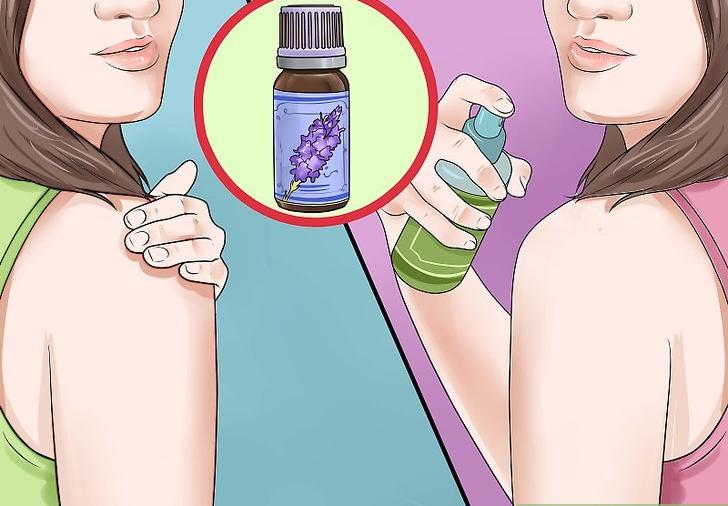 9Relieve a sunburn with essential oils. Certain essential oils have been used to treat burns for thousands of years, due to their anti-inflammatory and pain-relieving properties. The best essential oils for relieving sunburn include lavender oil, helichrysum oil, rose oil and Australian Blue oil (a blend of several different essential oils). The most effective way to apply the essential oils is to mix them with a little aloe vera gel (1 drop of essential oil per teaspoon of aloe vera gel) and spread directly on the burn.[18]
9Relieve a sunburn with essential oils. Certain essential oils have been used to treat burns for thousands of years, due to their anti-inflammatory and pain-relieving properties. The best essential oils for relieving sunburn include lavender oil, helichrysum oil, rose oil and Australian Blue oil (a blend of several different essential oils). The most effective way to apply the essential oils is to mix them with a little aloe vera gel (1 drop of essential oil per teaspoon of aloe vera gel) and spread directly on the burn.[18]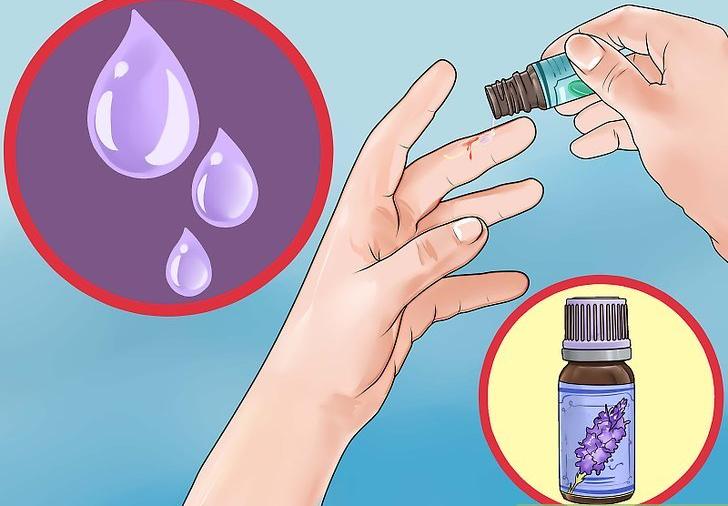 10Treat minor wounds with essential oils. Lavender, tea tree oil, eucalyptus, peppermint, tea tree, and several other essential oils can be used to treat minor wounds like cuts, burns or bug bites, thanks to their antibiotic properties. To use essential oils for a minor wound care, clean the wound first. Make sure that the wound is not bleeding. Then, apply a small amount of a 2-3% dilution of essential oil (2-3 drops per teaspoon of carrier oil).[19]
10Treat minor wounds with essential oils. Lavender, tea tree oil, eucalyptus, peppermint, tea tree, and several other essential oils can be used to treat minor wounds like cuts, burns or bug bites, thanks to their antibiotic properties. To use essential oils for a minor wound care, clean the wound first. Make sure that the wound is not bleeding. Then, apply a small amount of a 2-3% dilution of essential oil (2-3 drops per teaspoon of carrier oil).[19]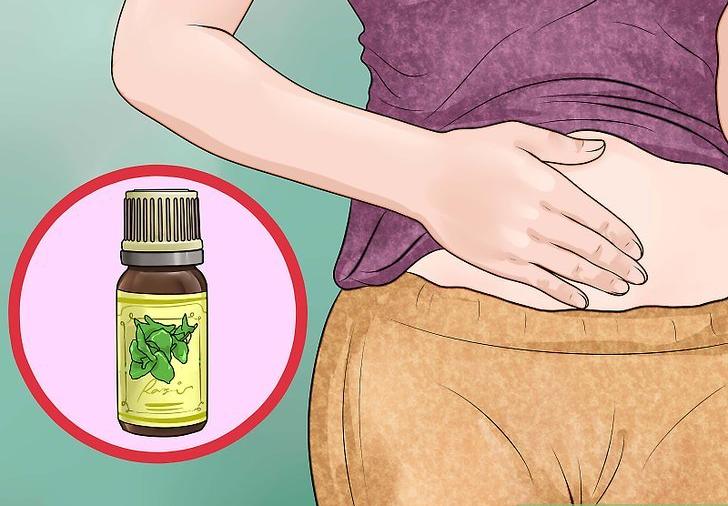 11Use peppermint essential oil to soothe an upset stomach. You’ve probably heard that peppermint tea can soothe an upset stomach. Likewise, peppermint essential oil can be used to ease nausea and digestive issues. Simply create a large area dilution (3-5 drops per teaspoon of carrier oil) and rub the mixture on your abdomen to ease stomach pain.[20]
11Use peppermint essential oil to soothe an upset stomach. You’ve probably heard that peppermint tea can soothe an upset stomach. Likewise, peppermint essential oil can be used to ease nausea and digestive issues. Simply create a large area dilution (3-5 drops per teaspoon of carrier oil) and rub the mixture on your abdomen to ease stomach pain.[20]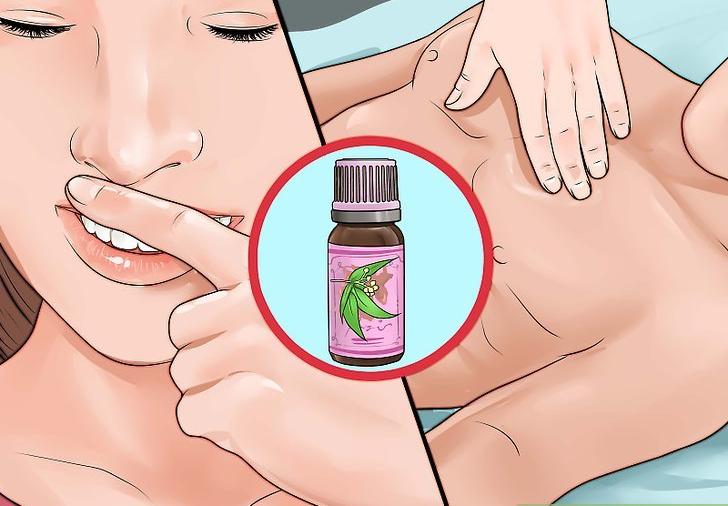 12Relieve congestion with eucalyptus oil. Eucalyptus oil can be used to help ease the symptoms of sinus congestion. Eucalyptus oil helps to open up the sinuses and cool the nasal passages. Many people use eucalyptus oil to help combat congestion associated with the common cold and allergies.[22]
12Relieve congestion with eucalyptus oil. Eucalyptus oil can be used to help ease the symptoms of sinus congestion. Eucalyptus oil helps to open up the sinuses and cool the nasal passages. Many people use eucalyptus oil to help combat congestion associated with the common cold and allergies.[22]4Using Essential Oils to Freshen Up Your Home
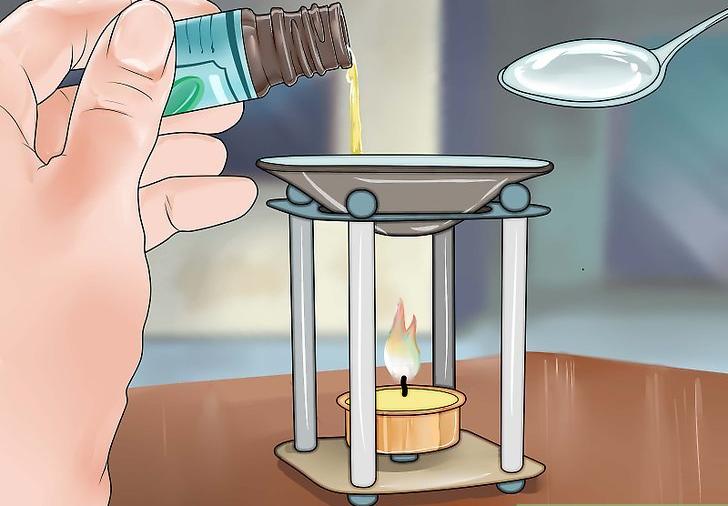 1Put a few drops of essential oil in a diffuser to make your home smell nice. Put a few teaspoons of water in the bowl on top of the diffuser. Light the candle under the diffuser and then sprinkle a few drops of your chosen essential oil into the water. The scent of the oil will waft gently around the room.
1Put a few drops of essential oil in a diffuser to make your home smell nice. Put a few teaspoons of water in the bowl on top of the diffuser. Light the candle under the diffuser and then sprinkle a few drops of your chosen essential oil into the water. The scent of the oil will waft gently around the room.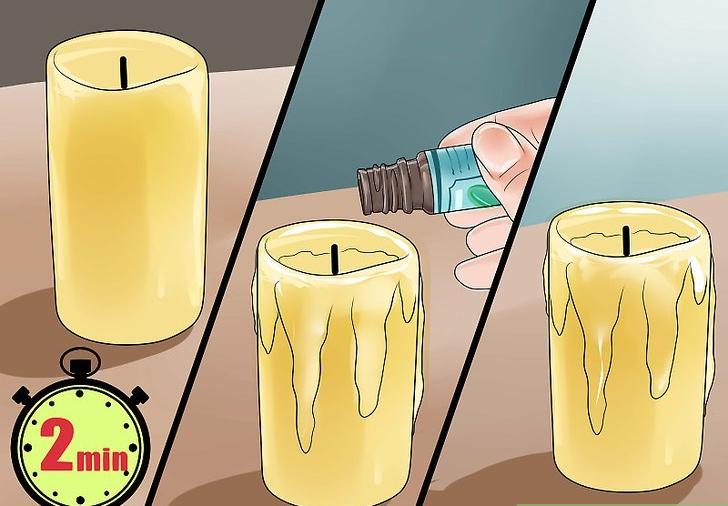 2Pour some essential oil into candle wax. Light a candle and wait a minute or two to allow a small amount of wax to melt. Blow out the candle and add a couple of drops of essential oil to the melted wax, before carefully relighting the candle. Take care not to drop any oil on the wick as essential oils are highly flammable.
2Pour some essential oil into candle wax. Light a candle and wait a minute or two to allow a small amount of wax to melt. Blow out the candle and add a couple of drops of essential oil to the melted wax, before carefully relighting the candle. Take care not to drop any oil on the wick as essential oils are highly flammable.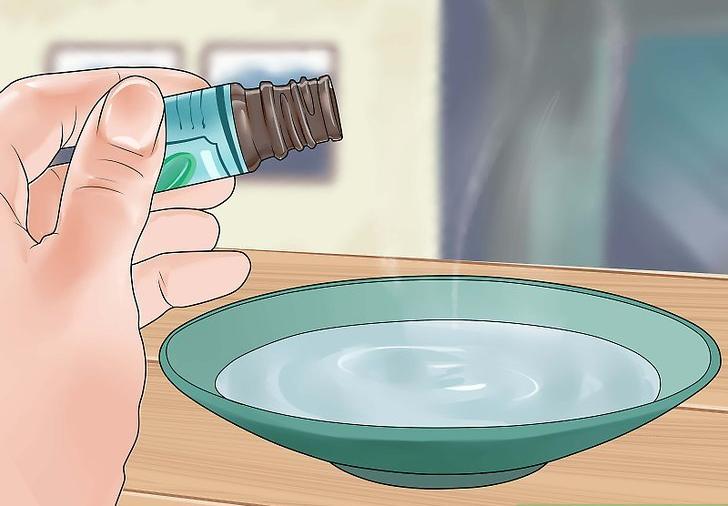 3Place a few drops of oil in hot water. If you don’t have a diffuser or candles handy, you can just fill a small bowl or saucer with boiling water and then add a few drops of essential oil. The steam will waft the aroma of the oil around the room. Just make sure that you place the dish somewhere out of reach of pets and children.
3Place a few drops of oil in hot water. If you don’t have a diffuser or candles handy, you can just fill a small bowl or saucer with boiling water and then add a few drops of essential oil. The steam will waft the aroma of the oil around the room. Just make sure that you place the dish somewhere out of reach of pets and children.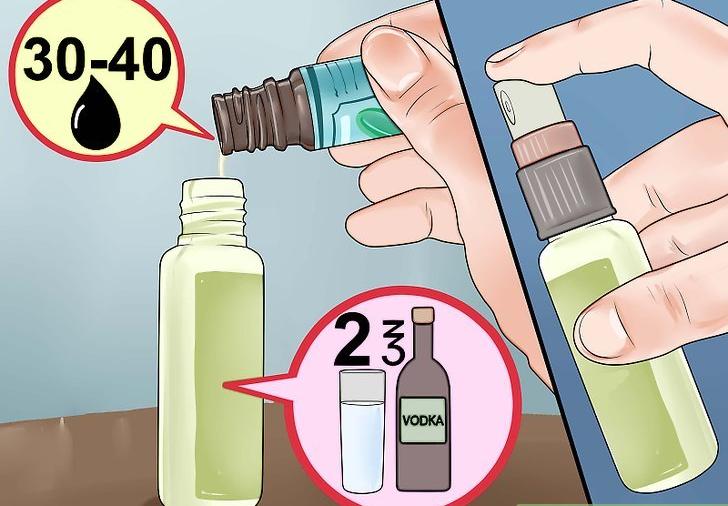 4Use essential oils to make your own room spray. Fill a small spray bottle with 2 ounces of distilled water and 2 ounces of vodka or witch hazel. Then add 30-40 drops of your favorite essential oil (or a blend of two or more oils) and shake well. Spray this essential oil room spray into the air and onto furniture and linens, but take care to avoid polished surfaces.[24]
4Use essential oils to make your own room spray. Fill a small spray bottle with 2 ounces of distilled water and 2 ounces of vodka or witch hazel. Then add 30-40 drops of your favorite essential oil (or a blend of two or more oils) and shake well. Spray this essential oil room spray into the air and onto furniture and linens, but take care to avoid polished surfaces.[24]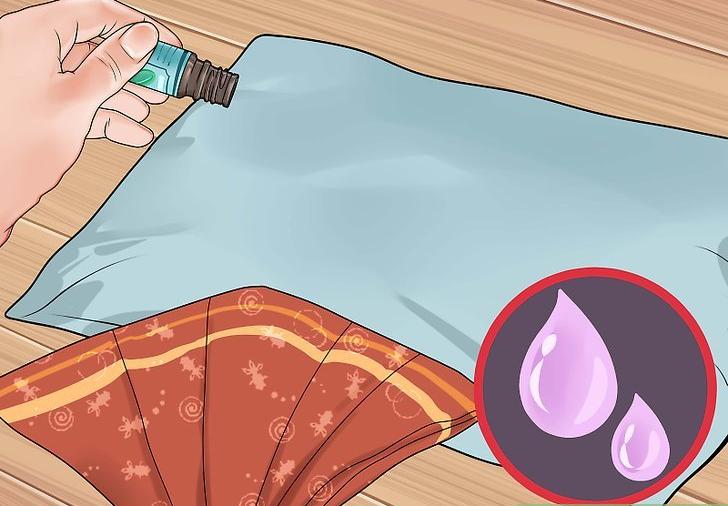 5Sprinkle essential oil on cushions and pillows. Sprinkle two drops of essential oil onto the cushions in your living space and your pillows. You will enjoy the aroma of the essential oils every time you sit or lay your head down. If you are worried about damaging the fabric, put the essential oil drops on cotton balls and place them inside the covers of your cushions and pillowcases.
5Sprinkle essential oil on cushions and pillows. Sprinkle two drops of essential oil onto the cushions in your living space and your pillows. You will enjoy the aroma of the essential oils every time you sit or lay your head down. If you are worried about damaging the fabric, put the essential oil drops on cotton balls and place them inside the covers of your cushions and pillowcases.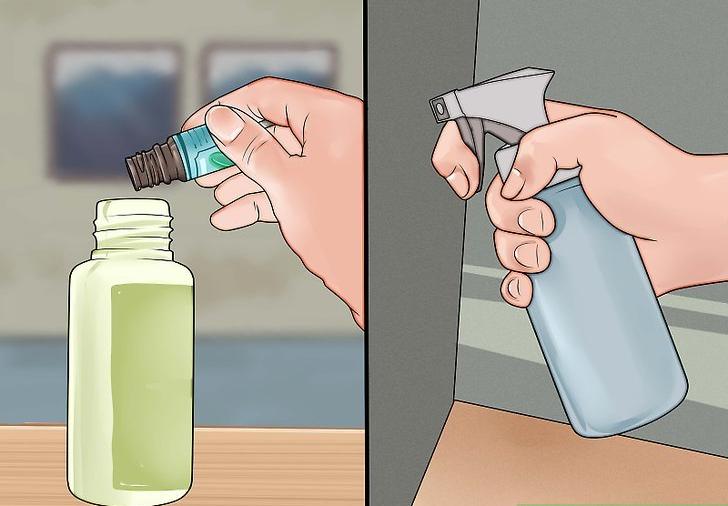 6Make an essential oil cleaning spray. Since essential oils have antibacterial properties, they can be used to create natural multi-purpose cleaning sprays. You can use these sprays to clean non-porous surfaces such as tile, glass, and plastic. In a spray bottle, combine the following ingredients and shake well.[25]
6Make an essential oil cleaning spray. Since essential oils have antibacterial properties, they can be used to create natural multi-purpose cleaning sprays. You can use these sprays to clean non-porous surfaces such as tile, glass, and plastic. In a spray bottle, combine the following ingredients and shake well.[25]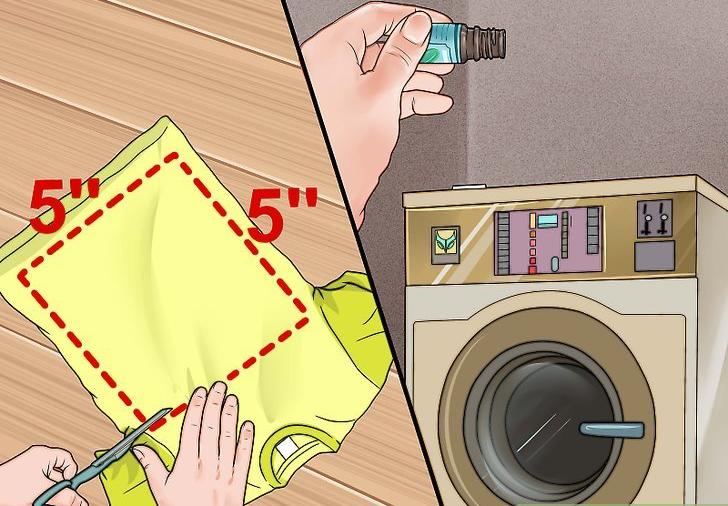 7Make your own essential oil dryer sheets. Cut up an old cotton t-shirt into 5” squares. Every time you dry a load of laundry, add a few drops of your favorite essential oil to a t-shirt square and toss it into the dryer with your wet clothes. Then run the dryer as usual. Wash the squares after a few uses.[26]
7Make your own essential oil dryer sheets. Cut up an old cotton t-shirt into 5” squares. Every time you dry a load of laundry, add a few drops of your favorite essential oil to a t-shirt square and toss it into the dryer with your wet clothes. Then run the dryer as usual. Wash the squares after a few uses.[26]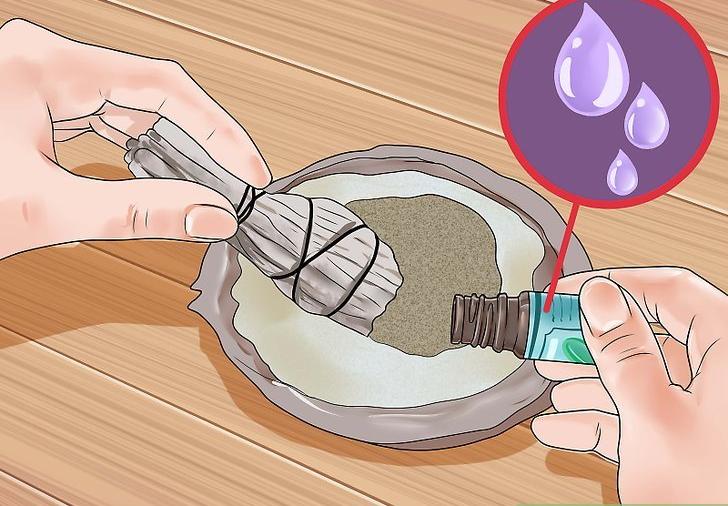 8Look for other ways to use essential oils to freshen your home. Essential oils can be used in so many ways. Be on the lookout for ways that you can use them make your home smell great at all times. Here are some possibilities to consider:
8Look for other ways to use essential oils to freshen your home. Essential oils can be used in so many ways. Be on the lookout for ways that you can use them make your home smell great at all times. Here are some possibilities to consider:

